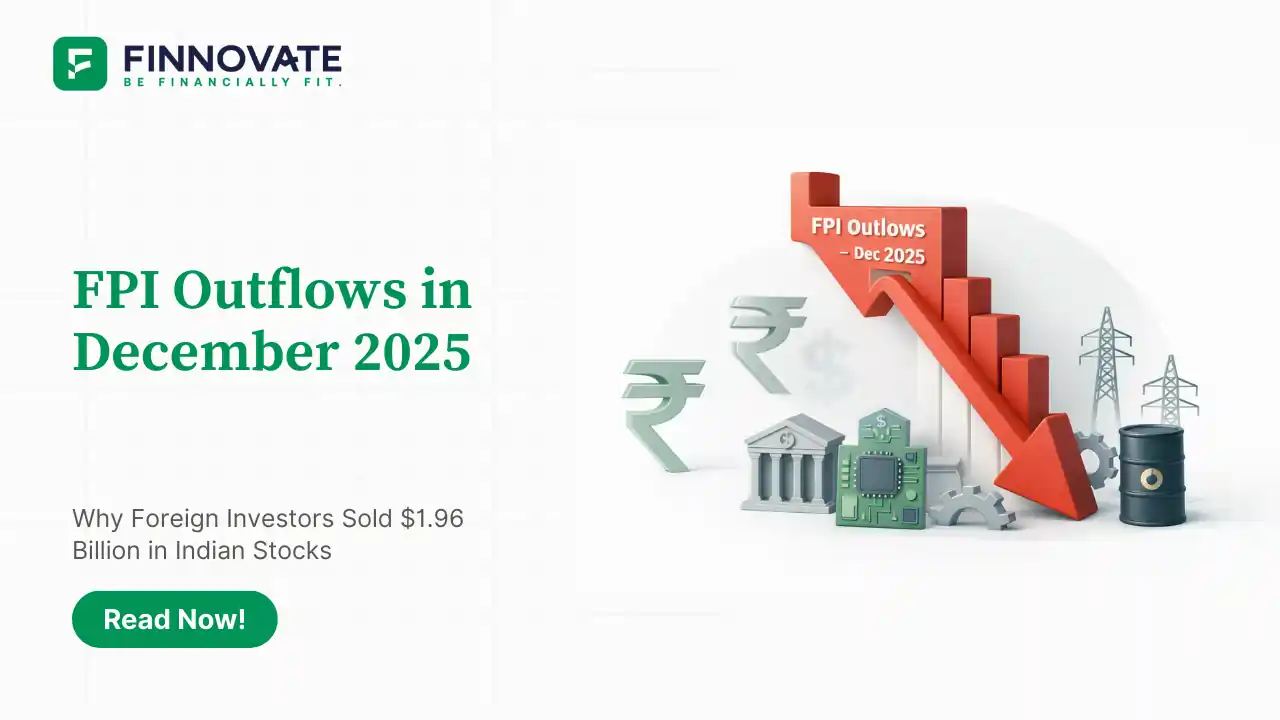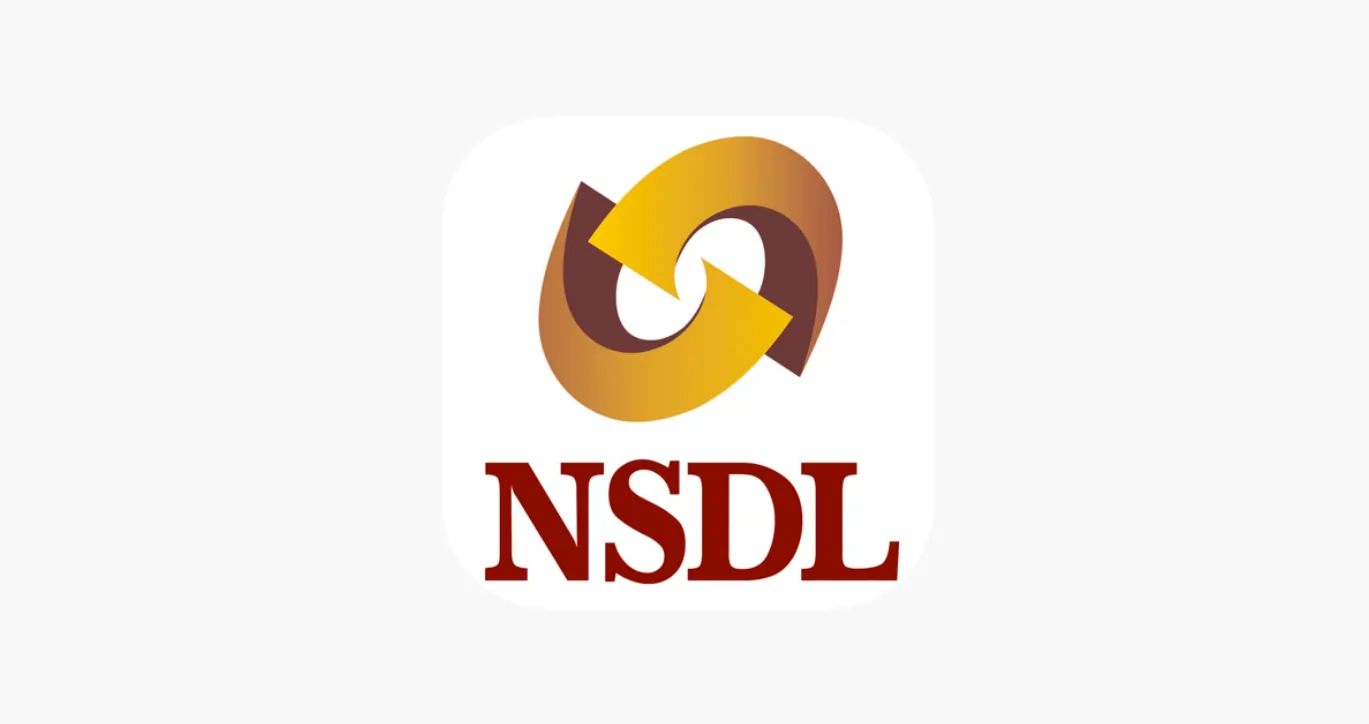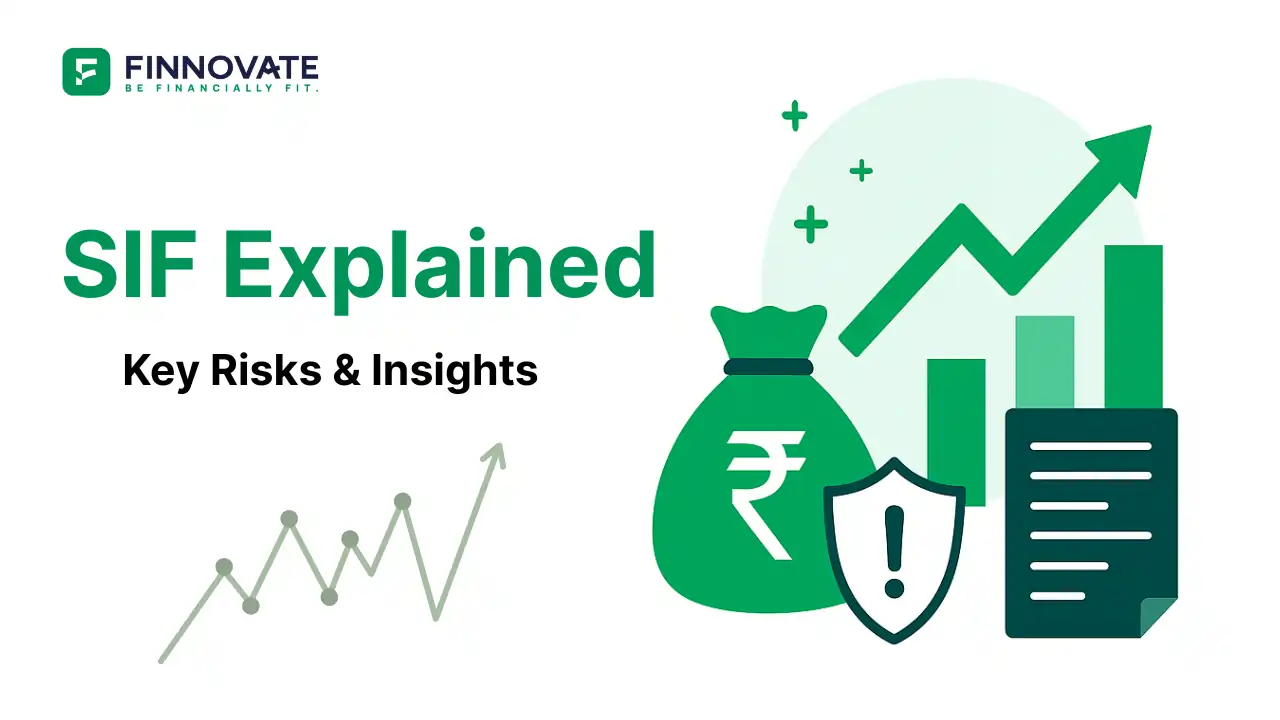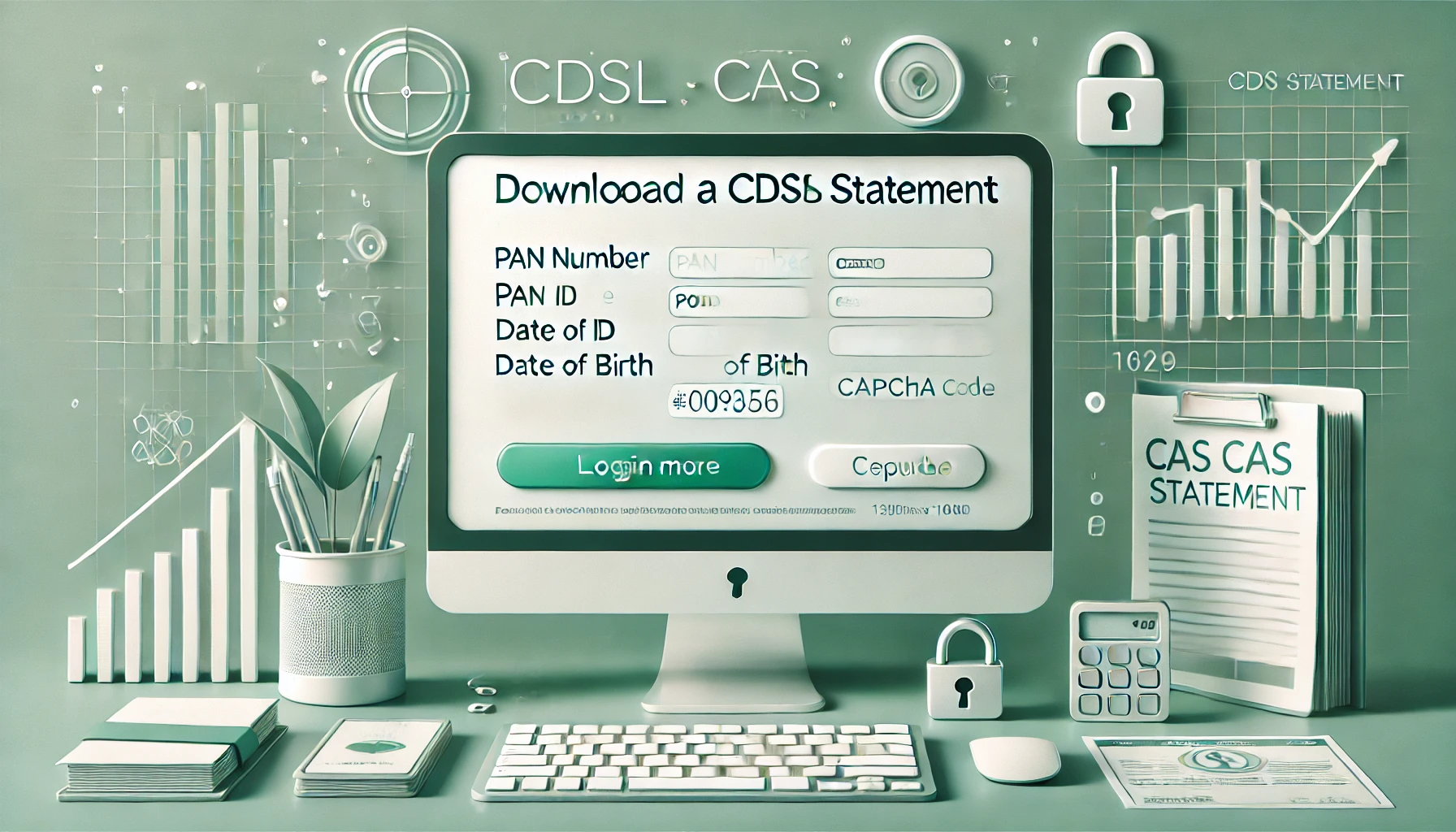
FPI Outflows in December 2025: Why Foreign Investors Sold $1.96 Billion in Indian Stocks
FPIs sold $1.96 billion worth of Indian equities in early December 2025. Here’s what tri...
The repo rate, short for repurchase rate, is the interest rate at which the RBI lends money to commercial banks when they face a shortage of funds. This borrowing is typically backed by government securities which the banks agree to repurchase at a later date. When banks need short - term funds, they pledge these securities as collateral to the RBI and receive loans at the prevailing repo rate. By adjusting the repo rate, the RBI can either encourage banks to borrow more, boosting the money supply and economic activity or make borrowing more expensive, thereby reducing liquidity and curbing inflation. A higher repo rate discourages borrowing and spending, helping to control inflation, while a lower repo rate makes loans cheaper, promoting investment and consumption. In summary, the repo rate is a vital tool for the RBI to influence the economy by affecting borrowing costs, liquidity, and overall financial stability.
The RBI announced that the current repo rate is 6% on April 9, 2025. 3.35 percent is the reverse repo rate. Both the bank rate and the marginal standing facility rate are currently 6.25%. The rate for the Standing Deposit Facility is 5.75%.
| Parameter | Details |
| Current Repo Rate | 6% |
| Historical Low | 4% (During COVID) |
| Historical High | 8% |
| Reverse Repo Rate | 3.4% |
The repo rate isn’t just a number, it’s a key instrument the Reserve
Bank of India (RBI) uses to steer the economy. Here’s why it holds such
critical importance:
1. Tames Inflation: When prices spiral upward, the RBI hikes the repo rate. This makes borrowing more expensive, discouraging excessive spending and cooling down inflation by reducing money flow in the economy.
2. Boosts Growth: In tough economic times, like a slowdown or recession, the RBI cuts the repo rate. Lower borrowing costs encourage businesses to invest and consumers to spend, injecting much-needed momentum into the economy.
3. Shapes Your Loan & Deposit Rates: Whether it's a home loan EMI or the interest on your fixed deposit, the repo rate influences it all. Banks align their lending and deposit.
The RBI’s decision to tweak the repo rate doesn’t just impact banks, it directly affects your finances and the broader economy. Here’s how:
1. Loans Get Costlier or Cheaper:
When the repo rate goes up, so do your EMIs on floating-rate loans like home, personal, or car loans. Borrowing becomes more expensive. On the flip side, when the repo rate drops, loans become cheaper, giving your monthly budget some breathing room.
2. Fixed Deposit Returns Rise or Fall:
A hike in the repo rate often leads banks to offer higher interest rates on FDs and savings to attract funds. But when the repo rate is cut, those returns can shrink, affecting your passive income from savings.
3. Stock Market Sentiment Shifts:
Higher borrowing costs due to increased repo rates squeeze corporate profits and reduce investment appetite, often leading to a bearish stock market. Conversely, lower rates tend to boost markets, as companies and investors enjoy easier access to capital.
4. Consumer Spending Reacts:
When loans are expensive, consumer spending dips, slowing down economic activity. Lower repo rates, on the other hand, fuels spending and investment stimulating growth across sectors.
India’s repo rate has been on a dramatic ride in recent years, reflecting the country’s response to crises, recoveries, and global turbulence:
1. COVID-19 Crash (2020):
In the face of a severe economic shock, the RBI slashed the repo rate to a historic low of 4.00%, aiming to inject liquidity, support growth, and soften the blow of lockdowns and uncertainty.
2. The Post-Pandemic Pivot (2022–2023):
As the world reopened and inflation surged, the RBI shifted gears. With prices rising and global central banks tightening, India raised its repo rate to 6.50% by early 2023, signaling a move toward monetary restraint.
3. Steady at 6.50% (April 2025):
For over two years now, the repo rate has held steady. This pause reflects RBI’s cautious balancing act managing persistent inflation risks while staying alert to global shocks and fragile growth signals.
The Reserve Bank of India’s Monetary Policy Committee (MPC) meets every two months to review and decide on changes to the repo rate, a key tool used to balance inflation and economic growth. These decisions are driven by several critical factors. Foremost among them are inflation trends, especially the Consumer Price Index (CPI). If inflation rises above the RBI’s comfort zone of 4%, the repo rate is likely to be increased to cool down prices.
GDP growth projections also play a major role; in periods of slow growth, the RBI may lower rates to boost lending and spending. Global economic conditions, such as interest rate changes by the US Federal Reserve or signs of a global recession, heavily influence the RBI’s stance. Crude oil prices are another major determinant, as rising global oil costs can fuel domestic inflation. Additionally, currency fluctuations impact decisions, a falling rupee can increase import costs and inflationary pressure, prompting the RBI to adjust rates for stability. In essence, the repo rate is the RBI’s steering wheel used carefully to navigate between controlling inflation and sustaining growth.
The repo rate is a vital tool in a central bank’s arsenal to manage an economy's liquidity, inflation, and growth. While it may seem like a technical term, its ripple effects are felt throughout the economy, from bank loans and savings to investments and consumer demand.
As a consumer or investor, staying informed about repo rate movements can help you make smarter decisions, whether you're locking in a loan, investing in fixed-income instruments, or planning for market cycles.
Popular now

Learn how to easily download your NSDL CAS Statement in PDF format with our step-by-step g...

Explore what Specialised Investment Funds (SIFs) are, their benefits, taxation, minimum in...

Learn How to Download Your CDSL CAS Statement with our step-by-step guide. Easy instructio...

Looking for the best financial freedom books? Here’s a handpicked 2025 reading list with...